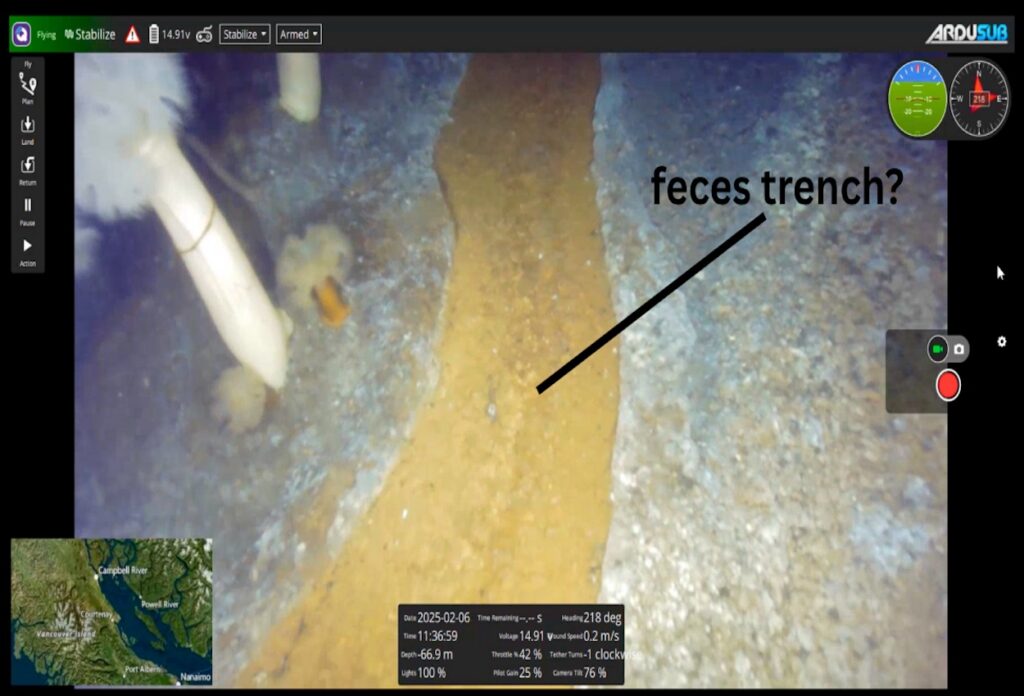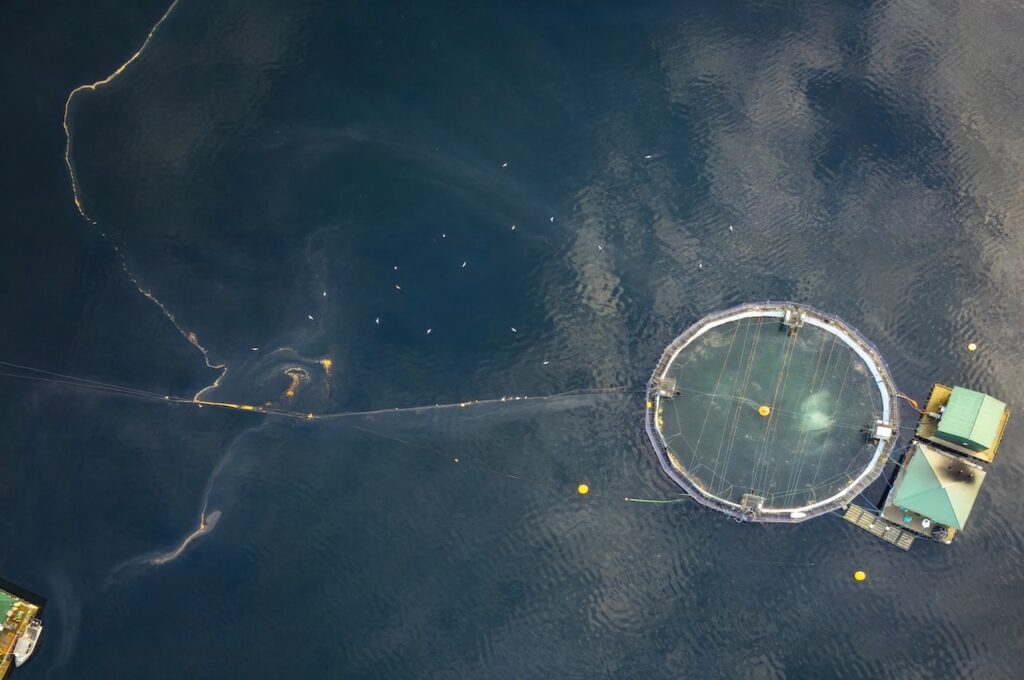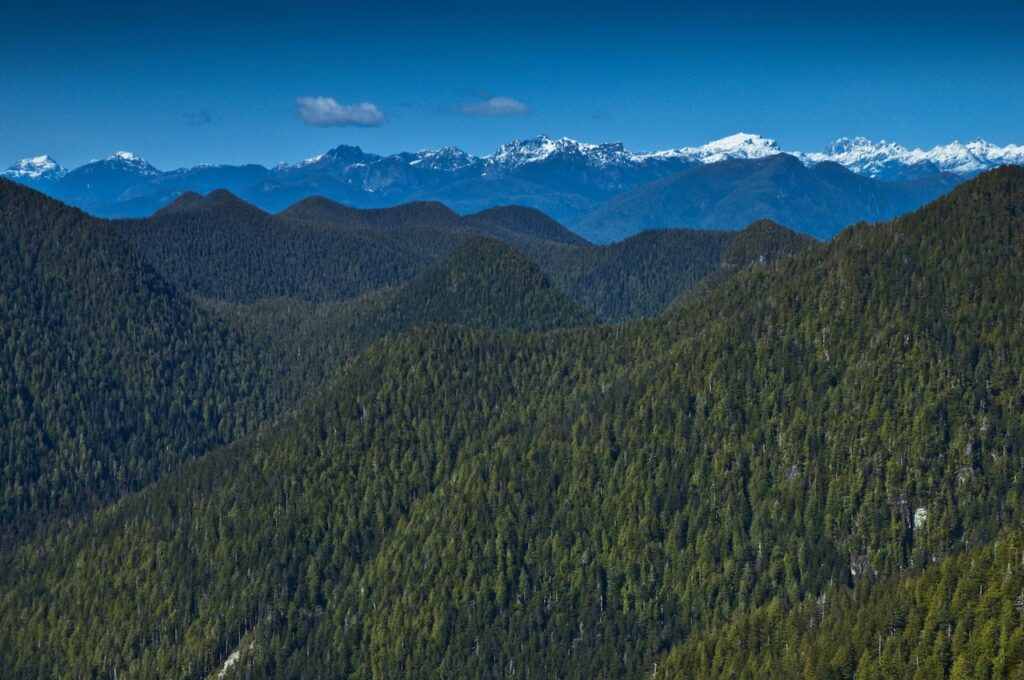It’s time to draw the line
Pundits have been saying that Enbridge’s Northern Gateway pipeline project will be the ‘Clayoquot’ of our times. No wonder. There is no more pressing challenge facing our planet and thus humanity than the climate crisis. It’s time to draw the line.
I suspect Prime Minister Harper has no idea that he will be unable to build a pipeline from Alberta to the Great Bear Rainforest. I totally get why he will try to do it—under his leadership Canada has become a petrostate, and doubling tar sands production is the only vision he has for our country.
Fossil fuel infrastructure is simply not going to be needed
However, even the most conservative leaders in the world have acknowledged that we must not allow global temperatures to rise more than two degrees if we want to avoid runaway climate change. This means that eighty percent of known fossil fuel reserves must be left in the ground. Therefore the most important thing that any of us can do to protect this planet is to prevent misguided leaders like Stephen Harper from building fossil fuel infrastructure that is simply not going to be needed in the only livable future on the horizon—a low-carbon future.
If governments attempt to build the pipeline despite obvious and overwhelming opposition, they will find out what the BC government found out in 1993 when they approved the logging of Clayoquot Sound and ten thousand people showed up to protest—way too many people care about this, and they are ready to act.
Clayoquot blockades were peaceful
The blockades against clearcutting coastal rainforests were nonviolent. The tone was set early on in Clayoquot Sound when Tla-o-qui-aht First Nations stood and protected Wah-Nah-Jus/Hilth-hoo-is (Meares Island) Tribal Park from being clearcut in 1984. The Haida blockades a year later were peaceful as well.
However through the late 80s the logging continued unabated despite a growing awareness that BC’s forests were being massively mismanaged. The movement resorted to measures that, while not violent, looked extreme, and we found ourselves becoming marginalized in the media. Eventually we realized that a tiny band of eco-warriors could never stem the tide of destruction.
We decided that in order to attract the masses of people who we knew were opposed to clearcutting, we had to shift to the tactic of strategic nonviolence. We strove to create a resistance which would cause the average TV viewer to think “Well I agree with those people—I should be standing there with them!”
‘This is how we agree to act together at this time’
Long-time peace, justice and environmental activist Starhawk wrote about strategic nonviolence during Occupy: “For over a decade, questions of violence, property destruction and confrontational tactics generally have tended to be debated under the frame diversity of tactics, but diversity of tactics becomes code for ‘anything goes,’ and makes it impossible for our movements to hold anyone accountable for their actions.”
She continued, “Within a strategic nonviolence framework, groups make clear agreements that say ‘This is how we agree to act together at this time’. Making agreements is empowering. If I know what to expect in an action, I can make a choice about whether or not to participate. We don’t place unwilling people in the position of being held responsible for acts they did not commit and do not support. We organize openly, without fear, because we stand behind our actions. Because we organize openly, we can invite new people into our movements and they can continue to grow. As soon as we institute a security culture in the midst of a mass movement, the movement begins to close in upon itself and to shrink.”
It took a while to build, but in the end the nearly one thousand arrests during Clayoquot Summer in 1993 had a huge impact on forest practices in BC. No-one was asked to live a life of Gandhian nonviolence, nor were they asked to condemn the use of violence in all situations. People were simply asked to abide by a code of nonviolence while participating in the protests. This strategic commitment to nonviolence had a purpose, which was to grow the movement—which it did.
Parallels between ancient forest and oil-free coast movements
The parallels between the ancient forest and oil-free coast movements in BC are striking. Both times, awareness of the problem had recently peaked, public support was clearly on the side of the environment, and government decided in support of an industry that was perceived as all-powerful, but in reality was well into its sunset years.
Perhaps it’s time to apply the lessons learned in Clayoquot Sound to the movement to stop pipelines from being built in BC.
Dan Lewis is Executive Director of Clayoquot Action.
Photo by Marnie Recker Photography.







